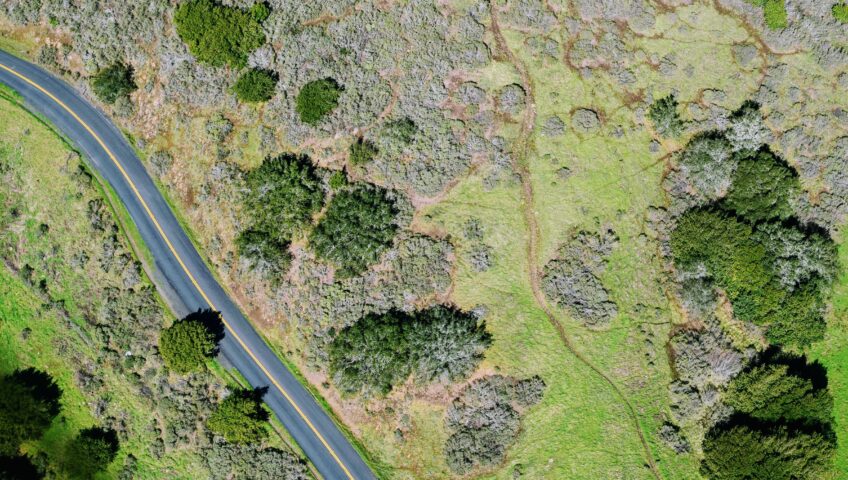Did you know that the geographic information system (GIS) started as a concept in the 1960s?
GIS may have begun as a concept, but thanks to its incredible scientific development, it has evolved into a modern invention. A GIS is a computer program with multiple pieces of software that collect, stores, verify, and present information about locations on the exterior of the Earth. This multi-purpose tool can gather a lot of material data as well as dated information about an area and visualize it to later be used to successfully complete civil engineering projects. This tool gives engineers the advantage of collecting and analyzing geographic data that can later be presented as 3D models. Another advantage of GIS is the ability to identify possible obstacles and opportunities between various sites. What sets GIS apart from any other computer program is its ability to link spatial data with geographic data concerning any element on the map.
GIS tools and software play an extremely important role in civil engineering, especially when considering geographical projects. The most used GIS tools and software in civil engineering consist of AutoCAD Map 3D, which has all of the common CAD capabilities that are available; ArcGIS, which offers a geo-based analytical feature for data; and Blue Marble Geographic, which provides an extensive variety of layout options for data to be imported and exported. Because of its creative solutions, GIS software is being used in the civil engineering industry at a rate that is growing quickly. With the constant changes in our infrastructure generated by the environmental crisis and economic and social factors, GIS enables engineers to identify the best areas for potential future expansion.
Given the variety of tools and software that GIS provides to help engineers effectively and successfully manage any project, it is safe to predict that GIS will continue to play a big part in the civil engineering industry.


